Energy in Namibia
A constructive way forward
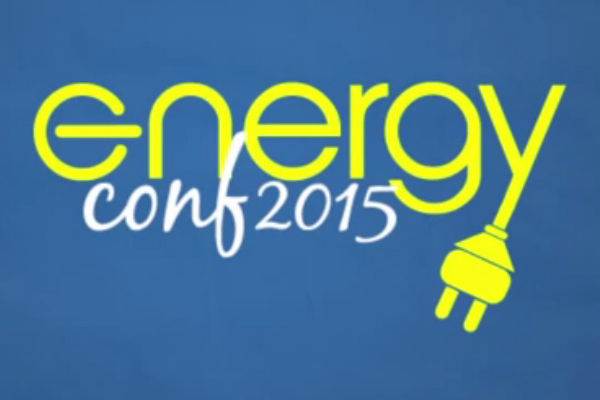
Logo of the energy conference
The Energy Conference is the third event that took place as part of a series of three revolving around current economic issues in Namibia. The conference outlined the current power situation regionally and domestically, and highlighted some of the current challenges and potential solutions to these issues through constructive engagement and discussions.
Leaders of the energy sector, Ambassadors, policy makers, members of parliament and members of the public attended the conference.
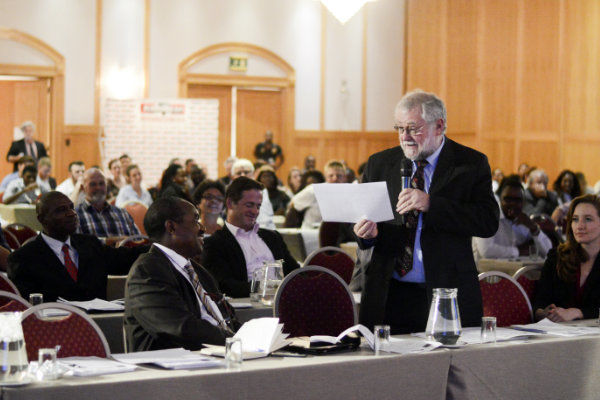
Hon. Calle Schlettwein & Nicole Bogott
Honorable Calle Schlettwein, Minister of Finance, stated that the electricity demand in Namibia is very high, as it is close to 600 MW. Depending on the time of the year the country relies on energy imports from neighboring countries. Namibia imports between 40% and 80% of the energy requirement. Renewable energy technology is evolving and it is becoming more affordable, especially solar-voltaic generation. “Namibia is a small economy country, and this is reflected both in terms of state finances and energy needs of our electricity system. The demand for electricity in Namibia is several times lower than the production capacities of single power generation projects that are routinely built around the world,“ he said.
Hon. Schlettwein emphasised that Namibia should opt for renewable energy projects because they are more affordable than the Kudu Gas project which Namibia has been using. “As per the Ministry of Finance's assessment, the unit cost of electricity from the Kudu power project is estimated at around N$ 2.55 Namibia dollar cents per KWh,“ said the Minister.
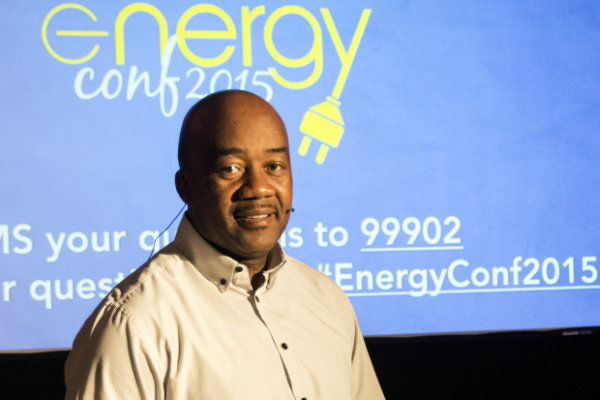
Reynold Duncan
In contrast, the 2013 renewable energy Independent Power Producer (IPP) procurement round in South Africa yielded unit electricity prices ranging between R0,67 to R1,45 depending on the type of generation project.
The minister said that Namibia has some of the best solar resources as well as wind energy. Renewable energy solutions are not only beneficial for domestic use, but also to support local businesses, like use of locally produced energy for running irrigation pumps.
Mr. Reynold Duncan, the Energy specialist of the World Bank, braced the minister’s speech that Kudu gas project should be forgotten and Namibia should rather invest in renewable energy projects. “I think we are not going to pursue discussions in Kudu again, now that you have got huge energy resources in neighbouring countries such as Mozambique, Tanzania and Uganda which Namibia can also use“said Mr. Duncan.
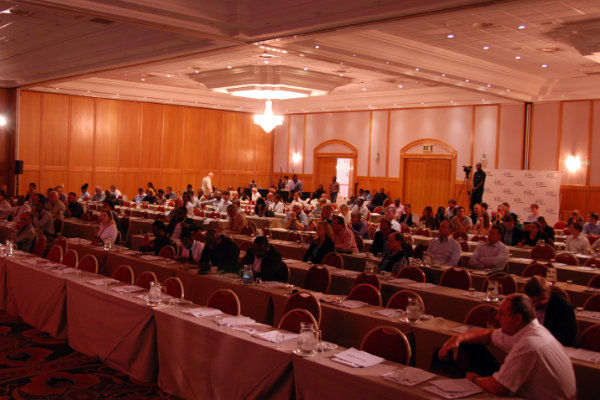
At Safari Court Hotel
Mr. Alex Matton and Mr. Tom Torne of the Innosun’s Energy Holdings, believe that a 100% renewable energy mix for Namibia is possible. The operators of the 5 megaWatt Omburu photovoltaic solar plant is one of the energy option that local generation of electricity can be driven by a renewable energy mix. In October 2015, they signed two different Independent Power Producer agreements for the construction of a solar plant of the Osona Solar plant of 5MW in Okahandja. They also ought to construct the Ombepo wind farm in Luderitz by early 2016.
Energy has, over the years, remained a topical issue not only in Namibia but the entire sub-region. With growth in both the domestic and regional economy, the demand for energy has increased aggressively, while additional generation capacity has been slow to increase, meaning that demand growth has indubitably outpaced supply.“Namibia is subject to a best-case energy deficit of 34 MW, whereby in time of drought and refurbishments this can increase to 325 MW,“ stated Mr. Rowland Brown, the Head of Research of IJG Security.
Mr. Brown added that the way forward for energy in Namibia is to get cheap and abundant energy as it is one of the key factors required for development of Namibia, in line with vision 2030, NDP4 and the industrial policies.
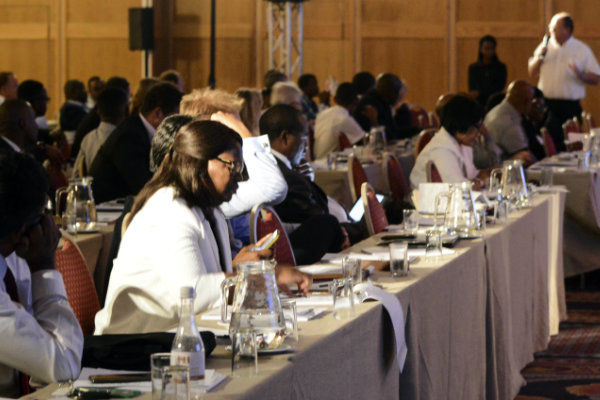
The audience
However, the country has only been able to achieve this due to its historic ability to buy relatively cheap power from the rest of the region. As regional power shortages bite, and as current power purchase agreements draw to a close, it is starting to look increasingly unlikely that these agreements will be renewed, particularly not at similar prices to those of the past. As such, Namibia faces an imminent power challenge, with the country's two main power-producing facilities, Ruacana and Van Eck power stations, can only producing approximately 60% of current demand. While many entities have potential solutions to this immanent crisis, time is running out to introduce such solutions before key power purchase agreements come to an end, in mid-2016.
Other notable speakers present were Mr. Saurabh Suneja, the Director of Public Private Partnership unit at the Ministry of Finance, who shared information on the roles of public-private partnerships in funding energy infrastructure; and Mr Omar Vajeth, foreign energy expert and MD of South Africa’s Gold Key Energy, who gave his input on the energy situation in Southern Africa – trends, challenges and developments.
